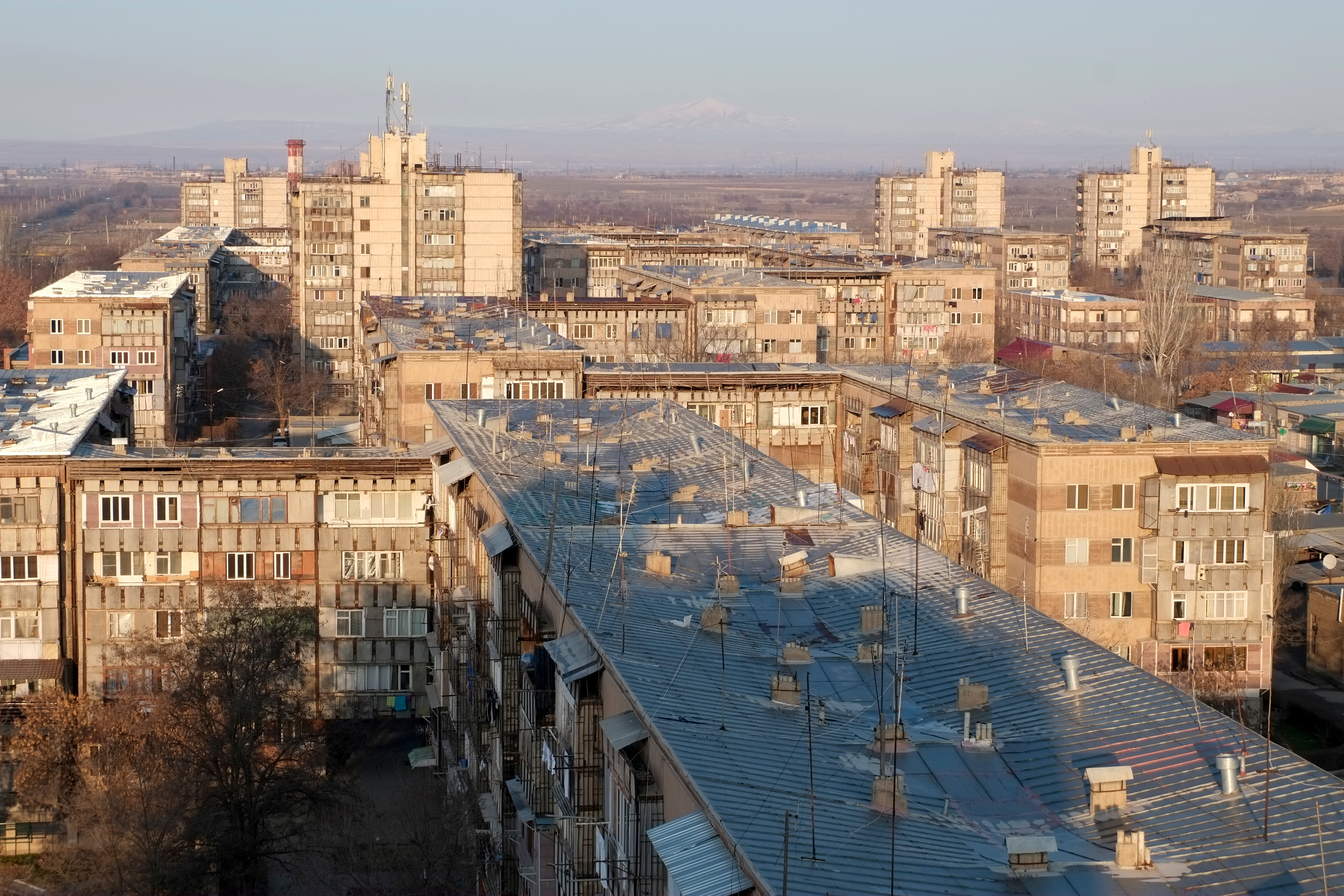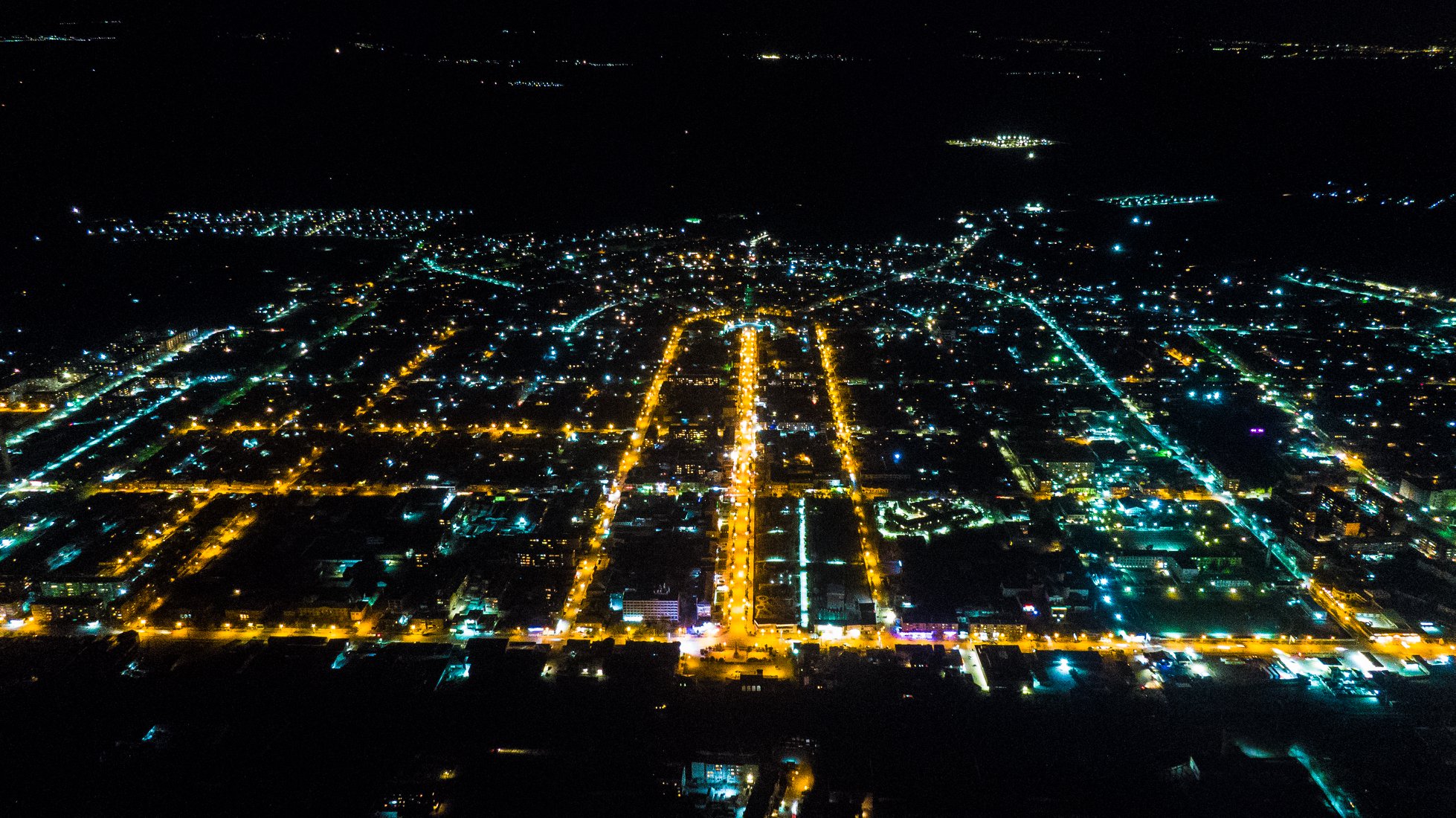|
Metsamor
Metsamor ( hy, Մեծամոր, ), is a town and urban municipal community in the Armavir Province of Armenia. It is famous for being home to Armenia's Metsamor Nuclear Power Plant, the only nuclear plant in the Transcaucasian region. As of the 2011 census, the town had a population of 9,191. As per the 2016 official estimate, Metsamor has a population of around 8,000. Etymology The name of the town is derived from the nearby river of Metsamor. It is composed of 2 Armenian words: ''mets'' ( hy, մեծ) meaning ''great'', and ''mor'' ( hy, մոր) meaning ''mother's'', being the genitive singular form of the word ''mayr'' ( hy, մայր) meaning ''mother''. The name is most probably refers to the Virgin Mary as the Great Mother of God. History The construction of the settlement of Metsamor was launched in 1969, within the ''Hoktemberyan'' raion of the Armenian Soviet Socialist Republic. It was mainly founded as the residential settlement of the employees of the Metsamor Nuclear P ... [...More Info...] [...Related Items...] OR: [Wikipedia] [Google] [Baidu] |
Metsamor Castle
Metsamor site is the remains of an old fortress located to the southwest of the Armenian village of Taronik, in the Armavir Province. While it used to be believed the city of Metsamor was destroyed by the Urartians during the Iron Age researchers now believe it was destroyed by Scythian or Cimmerian nomads. Archaeological research Research in Metsamor has been conducted since 1965. Until the 1990s, work was carried out by Armenian teams directed by Emma Khanzadyan and Koryun Mkrtchyan; in the years 2011–2013, Ashot Piliposyan headed the excavations. All the finds are displayed in the museum located at the site. In 2013, an Armenian-Polish archaeological expedition started work in Metsamor as a result of the cooperation between the Institute of Archaeology and the Polish Centre of Mediterranean Archaeology (both University of Warsaw) and the Service for the Protection of Historical and Cultural Environment and Museum Reservation, Ministry of Culture of the Republic of Armenia. ... [...More Info...] [...Related Items...] OR: [Wikipedia] [Google] [Baidu] |
Metsamor Nuclear Power Plant
The Armenian Nuclear Power Plant (ANPP) (), also known as the Metsamor Nuclear Power Plant, (Armenian: Մեծամորի ատոմային էլեկտրակայան) is the only nuclear power plant in the South Caucasus, located 36 kilometers west of Yerevan in Armenia. The ANPP complex consists of two VVER-440 Model V270 nuclear reactors, each capable of generating 407.5 megawatts (MW) of power, for a total of 815 MW. The plant supplied approximately 40 percent of Armenia's electricity in 2015. As with other early VVER-440 plants, and unlike Western pressurized water reactors (PWR), the ANPP lacks a secondary containment building. History The ANPP complex consists of two units. The first unit was activated on 22 December 1976, and the second on 5 January 1980. Following public pressure after the Spitak Earthquake in 1988, the Council of Ministers of the Soviet Union decided to shut down the existing two units. After the fall of the USSR, Armenia had a period of energy scar ... [...More Info...] [...Related Items...] OR: [Wikipedia] [Google] [Baidu] |
Armavir Province
Armavir ( hy, Արմավիր, ), is a province (''marz'') in the western part of Armenia. Located in the Ararat plain dominated by Mount Ararat from the south and Mount Aragats from the north, the province's capital is the town of Armavir while the largest city is Vagharshapat (Etchmiadzin). The province shares a -long border with Turkey to the south and west. The province is home to the spiritual centre of the Armenian nation; the Mother See of Holy Etchmiadzin of the Armenian Apostolic Church. It is the seat of the Catholicos of All Armenians. The province is named after the ancient city of Armavir founded in 331 BC. The province is also the site of the decisive Battle of Sardarabad in 1918 that resulted in the foundation of the Republic of Armenia. The battle is seen as a crucial historical event not only by stopping the Turkish advance into the rest of Armenia but also preventing the complete destruction of the Armenian nation. The Metsamor Nuclear Power Plant is also l ... [...More Info...] [...Related Items...] OR: [Wikipedia] [Google] [Baidu] |
Diocese Of Armavir
Diocese of Armavir ( hy, Արմավիրի թեմ ''Armaviri t'em''), is a diocese of the Armenian Apostolic Church covering the Armavir Province of Armenia. The name is derived from the historic city of Armavir which served as the capital of the ancient Kingdom of Armenia between 331 and 210 BC. The diocese was officially founded on May 30, 1996, by Catholicos Karekin I. The seat of the diocese is the Cathedral of Saint Gregory of Narek in the town of Armavir. Bishop Sion Adamyan is currently the primate of the diocese, serving since 2001. History Being home to many of the most important churches and monasteries of the Armenian Apostolic Church, the territory of Armavir has been the spiritual centre of the Armenian nation. Throughout the history, the territory has been regulated by several dioceses of the Armenian Church, including the diocese of Amberd, Hovhannavank and Bjni. The territory remained an active religious centre of the Armenian church with the inauguration of m ... [...More Info...] [...Related Items...] OR: [Wikipedia] [Google] [Baidu] |
Armenia
Armenia (), , group=pron officially the Republic of Armenia,, is a landlocked country in the Armenian Highlands of Western Asia.The UNbr>classification of world regions places Armenia in Western Asia; the CIA World Factbook , , and ''Oxford Reference Online'' also place Armenia in Asia. It is a part of the Caucasus region; and is bordered by Turkey to the west, Georgia to the north, the Lachin corridor (under a Russian peacekeeping force) and Azerbaijan to the east, and Iran and the Azerbaijani exclave of Nakhchivan to the south. Yerevan is the capital, largest city and the financial center. Armenia is a unitary, multi-party, democratic nation-state with an ancient cultural heritage. The first Armenian state of Urartu was established in 860 BC, and by the 6th century BC it was replaced by the Satrapy of Armenia. The Kingdom of Armenia reached its height under Tigranes the Great in the 1st century BC and in the year 301 became the first state in the worl ... [...More Info...] [...Related Items...] OR: [Wikipedia] [Google] [Baidu] |
Taronik
Taronik ( hy, Տարոնիկ, hy, Չեյվա) is a village in the Armavir Province of Armenia. The Iron Age settlement of Metsamor site is located only 1 km southwest of Taronik. See also *Armavir Province Armavir ( hy, Արմավիր, ), is a province (''marz'') in the western part of Armenia. Located in the Ararat plain dominated by Mount Ararat from the south and Mount Aragats from the north, the province's capital is the town of Armavir whi ... References * World Gazeteer: Armenia– World-Gazetteer.com * * * Populated places in Armavir Province {{ArmavirAM-geo-stub ... [...More Info...] [...Related Items...] OR: [Wikipedia] [Google] [Baidu] |
Vagharshapat
Vagharshapat ( hy, Վաղարշապատ ) is the 4th-largest city in Armenia and the most populous municipal community of Armavir Province, located about west of the capital Yerevan, and north of the closed Turkish-Armenian border. It is commonly known as Ejmiatsin (also spelled Echmiadzin or Etchmiadzin, , ), which was its official name between 1945 and 1995. It is still commonly used colloquially and in official bureaucracy ( dual naming). The city is best known as the location of Etchmiadzin Cathedral and Mother See of Holy Etchmiadzin, the center of the Armenian Apostolic Church. It is thus unofficially known in Western sources as a "holy city" and in Armenia as the country's "spiritual capital" (). It was one of the major cities and a capital of the ancient Kingdom of Greater Armenia. Reduced to a small town by the early 20th century, it experienced large expansion during the Soviet period becoming, effectively, a suburb of Yerevan. Its population stands just over 37,000 ... [...More Info...] [...Related Items...] OR: [Wikipedia] [Google] [Baidu] |
Armavir, Armenia
Armavir ( hy, Արմավիր), is a town and urban municipal community located in the west of Armenia serving as the administrative centre of Armavir Province. It was founded in 1931 by the government of the Armenian Soviet Socialist Republic. As of the 2011 census, the population of the town is 29,319, declined from 46,900 reported at the 1989 census. Currently, the town has a population of 37,053 as per the 2019 official estimate. The town was known as Sardarabad before 1935, and Hoktemberyan from 1935 to 1995. Currently, Armavir is the seat of the Diocese of Armavir of the Armenian Apostolic Church. Etymology Founded in 1931 as Sardarabad, the town was known as Hoktemberyan (meaning the ''city of October'') between 1935 and 1995, named in honor of the October Revolution. In 1992, the town was named Armavir by the government of independent Armenia, after the nearby ancient city of Armavir, that was founded in the 8th century BC by King Argishti I of Urartu, and became th ... [...More Info...] [...Related Items...] OR: [Wikipedia] [Google] [Baidu] |
1988 Armenian Earthquake
The 1988 Armenian earthquake, also known as the Spitak earthquake ( hy, Սպիտակի երկրաշարժ, ), occurred on December 7 at with a surface wave magnitude of 6.8 and a maximum MSK intensity of X (''Devastating''). The shock occurred in the northern region of Armenia (then part of the Soviet Union) which is vulnerable to large and destructive earthquakes and is part of a larger active seismic belt that stretches from the Alps to the Himalayas. Activity in the area is associated with tectonic plate boundary interaction and the source of the event was slip on a thrust fault just to the north of Spitak. The complex incident ruptured multiple faults, with a strike-slip event occurring shortly after the initiation of the mainshock. Between 25,000 and 50,000 were killed and up to 130,000 were injured. Seismologists thoroughly studied the effects of the Spitak event, including the mainshock and aftershock fault rupture mechanisms, and were on site setting up temporary seism ... [...More Info...] [...Related Items...] OR: [Wikipedia] [Google] [Baidu] |





